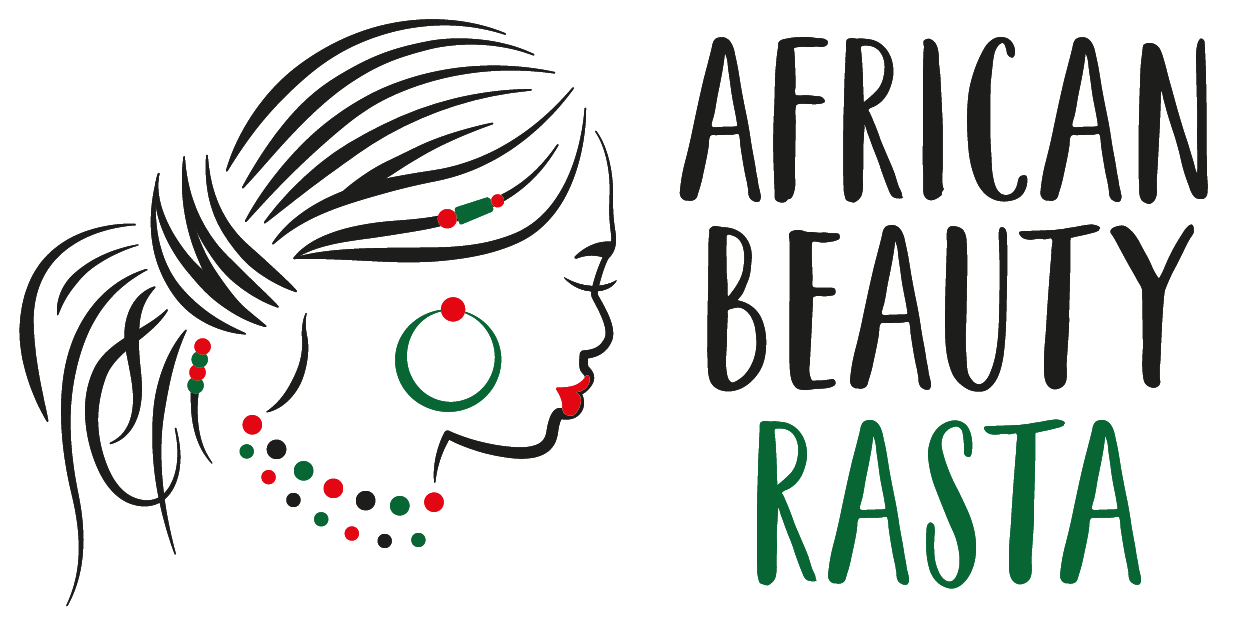How to take care of rasta braids?
Before braiding
Braiding
Home care
Do braids and open rasta hairstyles damage hair?
Properly braided hairstyles do not damage hair, and with the right care and gentle unbraiding, there is no need to cut the hair. When braiding, we do not use any chemical products or adhesives. For certain types of braids, we may incorporate synthetic fiber (kanekalon), which does not harm the hair in any way.
Who are rasta braids suitable for?
Rasta braids and their variations are suitable for hair longer than 10 cm. Generally, braiding is suitable for all hair types, but braids may look slightly different depending on the hair texture.
Due to the time-consuming nature of braiding, I work only with clients aged 5 and older. Thank you for your understanding.
How to prepare for braiding?
How are the braids made? How many braids will I have? And how long will they be?
First, you choose the type of braids you want and how many of them you’d like. Depending on the texture of your hair, I may suggest a different solution (adjusting the number of braids, with or without kanekalon) to ensure the best possible result.
Once we decide on the type and number of braids, I will start braiding your hair and, if needed, incorporate kanekalon and any chosen accessories. When the braids reach the desired length, I will finish and secure them to prevent unraveling.
If you’d like, I can style the finished braids into a hairstyle of your choice right on the spot.
For braiding, I use kanekalon, which I regularly import from my native Ghana. I offer a wide range of colors, and some types can even be mixed together to achieve even better and more unique results.
Can I buy hair accessories or elastics for braids from you?
Yes, in my studio you can purchase a large variety of accessories and ornaments that I regularly bring from my native Ghana.
How to take care of rasta braids and cornrows?
The most important part of caring for rasta braids is regular washing. I recommend washing the braids with the shampoo you’re used to. On the other hand, it’s good to minimize the use of conditioners and similar products, as they can soften the braids and cause them to slip. In our studio, you can also purchase special hair products specifically for rasta braids. After washing, wrap your hair in a towel and gently dry it. If you like, you can blow-dry your braids. Dry rasta braids can be styled into a bun or any other hairstyle according to your preferences.
How to take care of open rasta or watercells rasta?
The basic care for these types of braids is the same as for rasta braids. Unlike rasta braids, you can use conditioners or hair oils, but only on the lower part of the hair, where the braids are no longer in place.
Open rasta braids should be regularly combed with a brush—either dry or while still wet during washing. When combing, it’s important to hold the braids in place to avoid pulling the braided part away from the scalp.
Combed hair can then be styled, for example, with a hair straightener, especially if the hair no longer feels smooth and soft. Only use straighteners with adjustable temperature settings.
Watercells, on the other hand, should not be combed. Gently separate individual strands with your fingers from the scalp downwards. To make this easier, you can lightly apply conditioner or hair oil to your fingers.
Watercells can be dried using a towel or carefully blow-dried.
After braiding my hair, my scalp started itching. What should I do?
Very rarely, you may experience an itchy scalp. If the itching is uncomfortable or persistent, you can apply an oak bark infusion or other similar products available at the pharmacy to your scalp.
In the first days after braiding, I recommend not pulling the braids into tight hairstyles so your scalp can get used to it, thus avoiding itching or possible rashes.
If you experience ongoing itching or a rash after braiding, contact me, and I will recommend suitable procedures specifically for you and your hair type.
How to unbraid braids or open rasta?
To unbraid the braids, we start by cutting the braided kanekalon just below your natural hair. Then, carefully unbraid the braid and untangle the kanekalon. You may notice a dreadlock of hair near the scalp, which naturally falls out. Its size depends on how long you’ve had the braids in. These hairs should be combed out. Just like braiding, unbraiding the braids is a time-consuming task, so make sure to set aside enough time for it. After unbraiding, your hair will be curly, but this will disappear after the first wash.
Open rasta braids are braids that are not braided along the entire length of your hair. After a few centimeters, the braids are finished and secured with a knot. When unbraiding, it’s necessary to cut this knot, then proceed in the same way as with unbraiding rasta braids—carefully unbraid mechanically while also untangling the kanekalon from your hair.
As for how long to wait before unbraiding, it depends individually on your hair type, how quickly your hair grows, and the initial length of the braids. Generally, wearing them for about 2 to 3 months is recommended. After a longer period, the dreadlock at the scalp becomes very tight and harder to unbraid.
